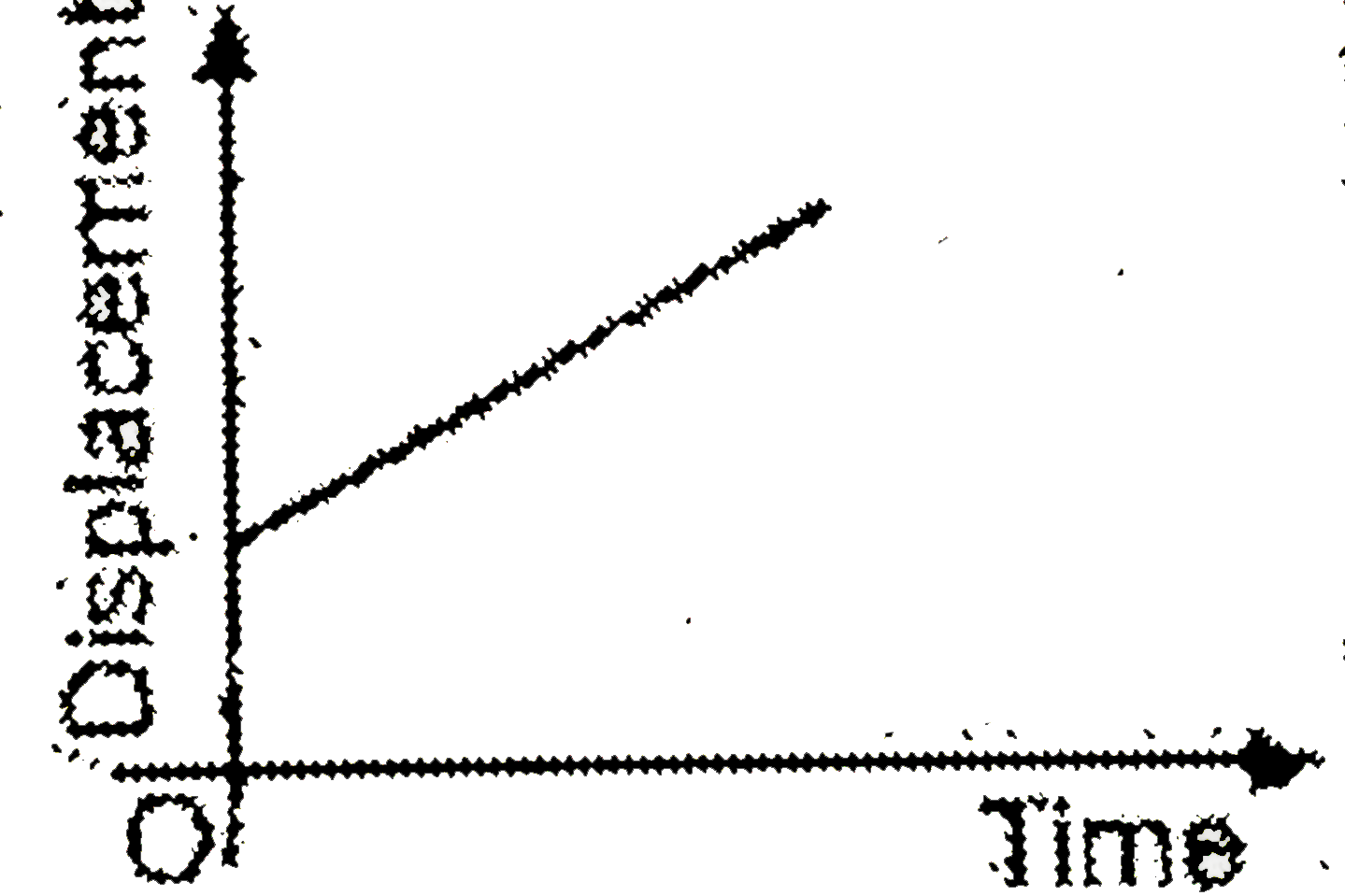Assertion Centripetel force (mv2)/(R) acts on a particle rotating in a circle.
Reason Summation of net force acting on the particle is equal to (mv2)/(R) in the above case.
A
If both Assertion and Reason are correct and Reason is the correct explanation of Assertion.
B
If both Assertion and Reason are correct but Reason is not the correct explanation of Assertion.
C
If Assertion is true but Reason is false.
D
If Assertion is false but Reason is true.
Video Solution
Text Solution
The correct Answer is:A
mv2R does not act. But this much force is required.
|
Updated on:21/07/2023
Similar Practice Problems
- Question 1 - Select One or More
One of the forces acting on the particle is conservative, then
A(a) Its work is zero when the particle moves exactly once around any closed path.B(b) Its work equals the change in the kinetic energy of the particle.C(c) It does not obey Newton's second law.D(d) Its work depends on the end points of the motion, not on the path in between. - Question 1 - Select One
The centripetal force acting on a particle in UCM is proportional to
AT2BT−2Cf−2Dω - Question 1 - Select One
The displacement time curve of a particle is shown in the figure. The external force acting on the particle is :
 AActing at the beginning part of motionBZeroCNot zeroDNone of these
AActing at the beginning part of motionBZeroCNot zeroDNone of these - Question 1 - Select One
The kinetic energy K of a particle moving along a circle of radius R depends upon the distance s as K=as2. The force acting on the particle is
A(a) 2as2RB(b) 2as[1+s2R]1/2C(c) 2asD(d) 2a - Question 1 - Select One
Net force acting on a particle is always perpendicular to its velocity then : -
AAcceleration is constantBmomentum is constantCkinetic energy is constantDparticle is moving in circular path - Question 1 - Select One or More
Four forces acting on a particle keep it in equilibrium, then :-
Athe force must be coplanar.Bthe force cannot be coplanarCthe forces may or may not be coplanar.Dif three of these forces are coplanar, so must be the fourth. - Question 1 - Select One
The kinetic energy K of a particle moving along a circle of radius R depends on the distance covered a as K=as2. The force acting on the particle is
A2as2/RB2as[1+(s2/R2)]1/2C2asD2aR2/s

